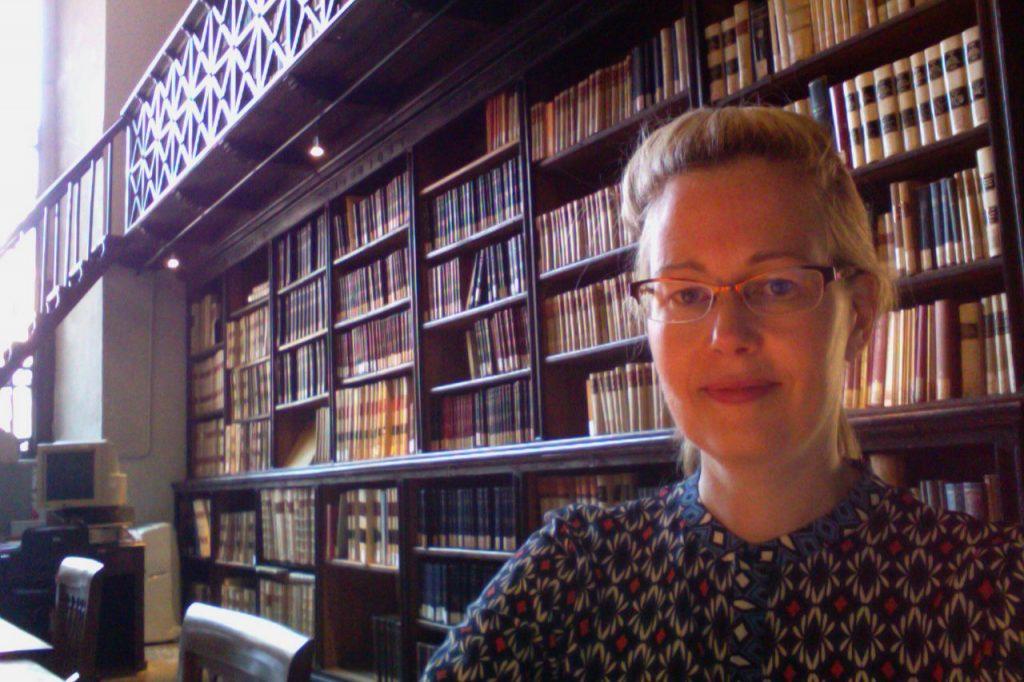Finding the nuns making books in Renaissance Italy UI Postdoc Fellow Melissa Moreton will delve into nuns making books during the Renaissance in Italy.
Monks have long been well known for their elegant manuscripts, hymns, psalms, and humble life devoted to their God. But what about the nuns who devoted their lives to such a cause? Where are their works of art, writing, hymns, and psalms?
Yesterday, Center for the Book Postdoctoral Fellow Melissa Moreton delivered a lecture on nuns making books in Renaissance Italy at 7 p.m. in the Main Library Special Collections.
While doing graduate research in Florence, Italy, Moreton she about the nun-scribes and the convents they inhabited. After noticing how little of information was available on their production of books, Moreton decided to immerse herself in the world of the past. At the event, the historian will explain how she does her research and show the latest methods in finding the nuns books and manuscripts.
“Most of the manuscripts nuns made were devotional [for prayer, study, contemplation] and liturgical, books that the nuns sung from in the choir and those that helped them perform important religious rituals,” Moreton said. “They also copied theological texts and kept administrative documents, used to keep track of their financial transactions and the daily operations of the house. They wrote extensive convent histories, called chronicles, and books of entry and death, which recorded the names and information of the women who entered as girls and commemorated them in death.”
These driven women led busy lives that led to them writing a great number of manuscripts and books. Sadly, most hymns and psalms written by the nuns have been written under the name “anonymous.” But with a little research, Professor Emerita Constance Berman, a medieval scholar, lifts the veil on their lives.
“Women have been unrecognized with their hymn writing,” Berman said. “We began to find out that most of the ‘anonymous’ writers were actually women. They lived long and productive lives and not only produced books but artworks and plays. There was some real exciting art and literature being produced in these houses of nuns. It’s an area in which there’s still a lot of work to be done because of the amount of time it had been neglected.”
The production of making a book from its very beginning is not only tedious, it also requires a fresh and focused mind. Book pages were cut to fit animal skin or paper, and lines were drawn to the piece of paper, essentially making a type of lined-notebook paper of the 15th and 16th Centuries. The nuns then manually copied and wrote each word on the page with care. After finishing their prized pieces, they would “sprinkle some sugar on top” and paint little designs on the pages.



